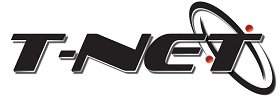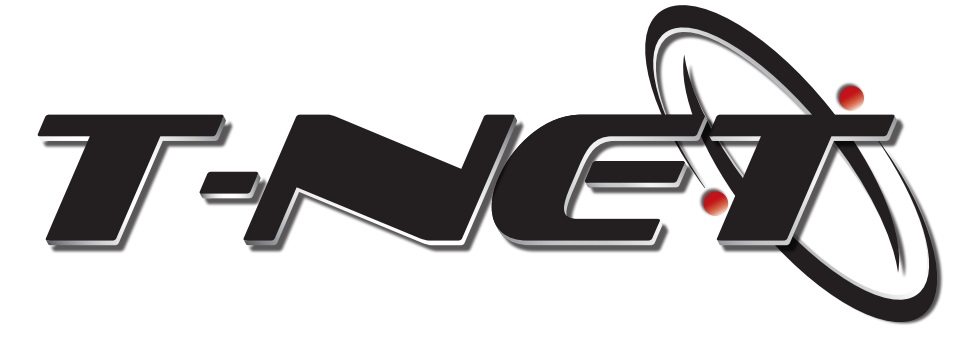As a result, businesses can forecast necessary costs and budget accordingly. Businesses can lower fixed costs by renegotiating leases or moving to more affordable spaces. This means the business needs to sell 5,000 units to cover all fixed and variable costs. Some examples of variable expenses include raw materials, delivery costs, sales commissions, wages for part-time staff, taxes, and operational expenses.
- The total cost of production for that month was $100,000 according to its accounts department.
- For example, if you produce 100 cakes in a month, you’ll need twice as much flour as you would if you only produced 50 cakes.
- Fixed and variable cost analysis is vital to finding operating leverage, which measures if a company’s operating income increases when sales revenue grows.
- Remember, your goal is always to sell above your breakeven point to make a profit.
- Average fixed costs refer to the expenses that do not change with the number of products or services produced by your business.
Knowing the average fixed cost is vital because if it is not reflected in the price of the company’s commodity, that company will not make any profits. During operation, all businesses must face different kinds of costs throughout their operation, which can be grouped into fixed costs or variable costs. Understanding fixed costs is crucial for making smart financial decisions, yet many businesses overlook their impact on profitability. Suzi would have difficulty choosing wisely if she didn’t know which expenditures were variable or fixed.
Effortlessly streamline your business payments and collections
Fixed costs are business expenses that remain the same regardless of the sales or production levels. Imagine a business spends ₹ 5,000 worth of fixed expenses to produce 1,000 pens at the per unit cost of ₹ 5. If they decide to make 2,000 pens, the cost per unit reduces to ₹ 2.5, and that happens because the fixed business cost doesn’t fluctuate with production volume. Fixed costs play a key role in pricing strategy, as businesses need to set prices that cover both fixed and variable costs to ensure profitability.
Discretionary Costs
Fixed costs are those expenses that remain constant regardless of how much or how little you produce. In other words, they’re not directly affected by changes in production volume. Fixed costs include rent/mortgage, insurance, property taxes, interest on loans, depreciation, legal fees, and accounting fees.
This will give you the needed financial stability and flexibility to navigate fluctuations in the market and adapt to changes. If your business has taken out a loan or relies on credit, the principal and interest payments are usually fixed costs. These payments need to be made regularly, regardless of your production or sales volume. This formula is suitable for use when your business, through its bookkeeper, is maintaining a detailed list of expenses. However, even after proper financial reports are maintained, how accurately you are able to determine fixed costs is also important. You will have to make sure not to skip even a single value of fixed cost.
What is Aggregate Inventory Management?
For example, an organization expecting to spend more on raw material sourcing during the next fiscal year can negotiate rental agreements to reduce fixed business costs. This cost optimization is vital for efficient resource allocation and improving financial stability. It can be seen from the above explanations that “fixed cost” is very stable and does not change over some time. However, higher production or sales volume can result in better absorption of fixed costs, resulting in improved profitability. As such, it is important to understand the concept of fixed assets as it can be crucial in achieving profitability targets.
They are an obligatory financial obligation for property owners and can significantly impact your overall cost structure. Properly accounting for property taxes is essential to avoid any financial surprises and ensure compliance with local tax regulations. When you purchase insurance policies for your business, you typically agree to pay a fixed premium amount at regular intervals, often monthly or annually. One of the most significant characteristics of fixed costs is the stability of the cost over time.
Variable costs change depending on a company’s business activity and production levels. These costs proportionately increase or decrease with production volume. Examples include delivery costs, credit card fees, piece-rate labor, raw material costs, and sales commissions. Now, it’s time to separate fixed and variable expenses — business costs that remain the same or fluctuate with production or sales. 1.Direct fixed costs are expenses a business must pay during goods and services production and delivery. For example, businesses typically spend up to 70% of the total expense on salaries or fixed labor costs.
Fixed costs are usually established by contract agreements or schedules. As an example, for rent payment, there is a specific agreement that specifies the duration and the fixed amount which the company should pay. It is a recurring cost that is typically the same amount every period.
- While heat, electricity, and water bills may change with the seasons, the costs will not be affected by your business operations.
- They pay $3,000 in facility rent, $80,000 in staff salaries, $2,000 for equipment, and $200 for a website as fixed expenditures.
- Examples are monthly rental paid for accommodation, salary paid to an employee, etc.
- In contrast, combining fixed and variable costs could help you determine your break-even point or the spot at which the cost of making and selling things equals zero.
Fixed cost is the cost that remains constant, whether activity increases or decreases. These costs are also known as standby costs as they accrue with the passage of time and not with the production of a product. Therefore, if you are fixed cost formula aiming to increase the profitability of your business, you will have to make use of all the opportunities to reduce the fixed cost of your business.
Fixed Costs Importance in Business
This ensures companies remain financially stable even during challenging periods. The Break-Even Point (BEP) is the point at which total revenues equal total costs. This means the business is not making a profit, but it is not incurring a loss either. It helps businesses determine the level of sales needed to cover all fixed and variable costs. Identify how many products your company produces in 1 month, then divide your total fixed costs by the number of units per month to find your average fixed cost.
These costs are incurred regardless of the level of production or sales and are listed under headings such as administrative expenses, selling expenses, or general expenses. Fixed costs include items like rent, salaries, insurance, and depreciation, which are critical to running the business. Unlike variable costs, fixed costs do not fluctuate with sales or production levels and remain consistent over the reporting period. Unlike variable costs, which fluctuate with the level of business activity, fixed costs do not vary within the relevant time frame. Understanding the definition and intricacies of fixed costs is crucial for effective financial management and decision-making. Understanding the distinction between fixed and variable costs helps businesses in pricing products, budgeting, and financial planning.
These costs are stable leading to easy forecasting of expenditures and thus adherence to good practices of financial management. This reason hinders excessive budgets from being prepared and therefore prudent spending made. To give you a closer look at how real businesses handle fixed costs, here are the 3 examples of popular brands that manage their fixed costs during the business operation. Variable expenses at the bakery rise together with the output of cupcakes produced.
Average Fixed Cost (AFC) is the fixed cost allocated per unit of output. It is calculated by dividing the Total Fixed Cost by the quantity of output produced. Since fixed costs remain constant regardless of production levels, AFC decreases as the quantity of output increases, demonstrating the benefits of economies of scale. Finally, managing fixed costs helps you in performing break-even analysis.
Gross profit is the difference between total revenue and total cost of goods sold (COGS). It shows a company’s ability to turn every penny of revenue into profit. For example, a food truck company’s fuel cost remains fixed as the fuel expense doesn’t change with the food quantity it sells. However, a parcel shipping company’s fuel cost remains variable as their spending on fuel depends on the number of packages they deliver daily. Now, let’s explore the importance of fixed costs in business operations. Higher fixed costs result in a higher break-even point, requiring more sales to cover expenses.
Fixed costs stay the same in the short term but can change in the long term due to factors like contract renewals or inflation. For example, a business’s rent may remain unchanged for a year but could increase upon lease renewal.Variable costs, however, change immediately with production levels. Variable costs like electricity for machinery or shipping costs will stop if production stops. We can derive this formula by deducting the product of variable cost per unit of production and the number of units produced from the total cost of production. The break-even point is the minimum amount of money a business needs to make to become profitable.







Nedavni komentarji